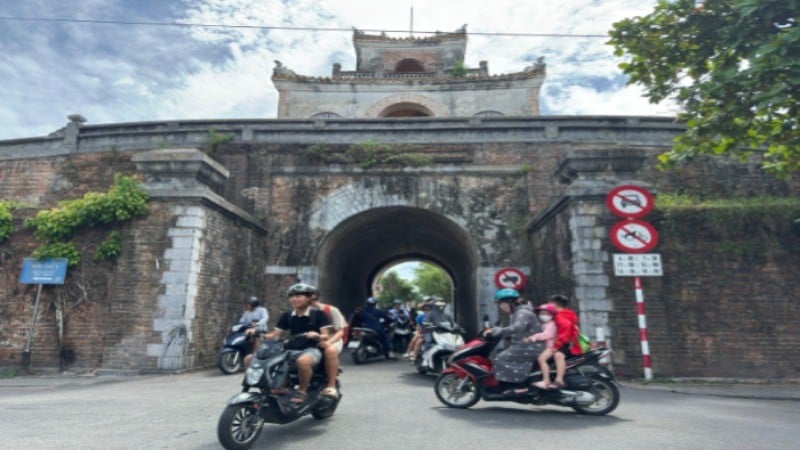
Golden memories
Located in the heart of the city, Hue Citadel, the center of power of the Nguyen Dynasty, still retains its solemn and majestic appearance. Surrounded by a moat, walls and traditional architectural axis, this place bears the mark of the last feudal dynasty in Vietnam.
Out of the city gate, on the other side of the Dong Ba River is Gia Hoi ancient town. The town was formed during the reign of the Nguyen Lords and became a bustling trading center in the early 19th century, a trading place for Chinese, Indians, and Spanish people. They not only brought goods, but also left their cultural mark on many architectural works in the town. The old town is also a gathering place for royal palaces and Nguyen Dynasty mandarins, interspersed with layers of traditional houses. This is also home to a community of residents who are mainly Hue natives, with many traditional occupations. The solemn old pagodas are also present in the area. It can be said that Gia Hoi is a "miniature Hue", with the presence of royal, folk and religious culture. Gia Hoi today can still be considered a museum of Hue urban memories.
The Imperial City, also known by its popular name Dai Noi, is still an important destination for tourists visiting Hue. However, most tourists only visit once and then leave, few stay to explore the Citadel in depth. Besides the limited services, many ruins are still waiting to be restored... traffic in the Citadel is not really smooth; the space of the relics and urban life lack clear interaction.
Phu Xuan Ward, which was newly formed from the merger of old wards, is the area that encompasses this area. However, the management and organization of living space and heritage space here for many years before that was still fragmented. The gap between the relic and the community has not been bridged. Therefore, the campaign to clean up Ngu Ha River right before the whole country switched to a two-level local government was a positive signal. The "royal river" running through the Imperial Citadel, which had been silted and polluted for many years, has now been dredged and cleaned, bringing a new look to the inner city area.
Remove traffic congestion
Traveling on a small boat from Dong Ba River to Ngu Ha, a tourist from Hanoi said: "Going to the Citadel by river is much easier than going by motorbike or car". Although it is more than 500 hectares wide, the Citadel has only 10 gates, each gate is less than 4m wide. Bridges such as Khanh Ninh, Vinh Loi... were all built in the 19th century, currently only accommodate motorbikes and small cars, causing traffic pressure to increasingly weigh on the relic space. The movement of residents is always regulated by unreasonable traffic flow.
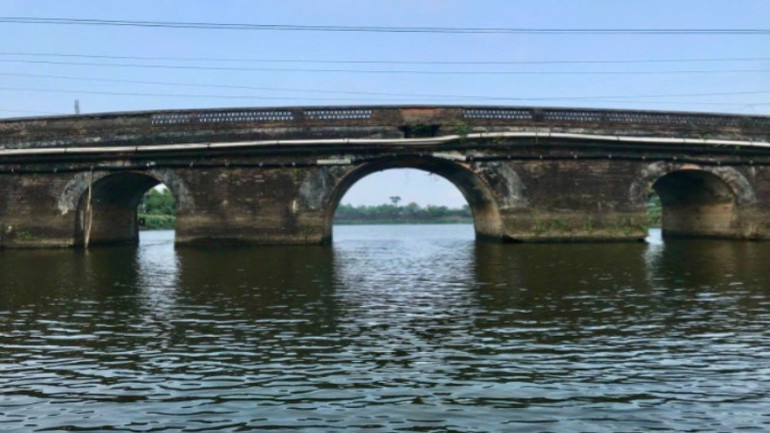
Architect Truong Hong Truong, lecturer at the Faculty of Architecture, Hue University of Sciences, said: “We should not try to open more roads or destroy gates, but reorganize traffic flows. We can divide the area into one-way traffic axes, combined with light traffic such as trams and bicycles”. He pointed towards the river: “If we restore a few small bridges across Ngu Ha, people can walk or cycle to the other side, both creating more connections and preserving the old spatial structure”.
This suggestion is agreed by many people in the Citadel. Ms. Tuyet Loan, a primary school teacher, said: “If parking is prohibited on main roads and the sidewalks are clear, walking will be more comfortable. Motorbikes will be allowed on the sidewalks of one-way cross streets, and small car parking lots will be planned in the Citadel area. and unplanned land lots, ensuring convenience for everyone". Ms. Phuong Mai, a person working in accommodation services on Phung Hung Street, shared: "When the space is clean and quiet, the service providers must also be more meticulous. Guests will have time to feel it, instead of sleeping on the other side of the Huong River, buying tickets to see the Imperial City and then returning".
A clearly organized living space will create better conditions for both residents and visitors. If organized properly, this area will be easy to live in, easy to travel around and develop services.
Starting a Living Heritage Dream
After the merger, Phu Xuan ward became an important area of the city. Here there is a world heritage site, home to thousands of households who have been attached to the Citadel for many years. Mr. Nguyen Xuan Hoa, former Director of the Department of Culture and Information of Thua Thien Hue province (old), currently running a very successful Hue-style restaurant in the Citadel area, said: "If we want the Citadel to become a living heritage, we must have the participation of the people. If we have a reasonable organization, I believe that each house and each street can contribute to telling the stories of Hue."
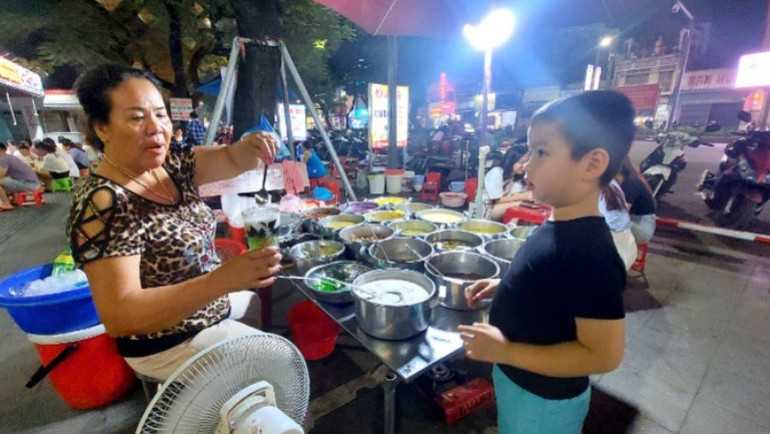
To retain tourists, there must be suitable accommodation with Hue characteristics. Mr. Nguyen Xuan Hoa still cherishes the idea that one day, in the Hue Citadel, there will be traditional houses serving guests, or low-rise boutique hotels in the local architectural style. It is even time to think about land planning to develop high-end resort services.
Le Dac Nguyen Quy, who used to own a large bar on Vo Thi Sau Street, wondered: If there is a policy to encourage investment in accommodation on the streets of Gia Hoi, then combine old-style restaurants, tea shops, bookstores, etc., can it create a chain of services with cultural imprints? In the Imperial City, on the banks of Ngu Ha River, small markets can be organized, where people sell traditional Hue dishes. Here, visitors can sit by the bridge, enjoy food and drinks and feel the friendliness of Hue people.
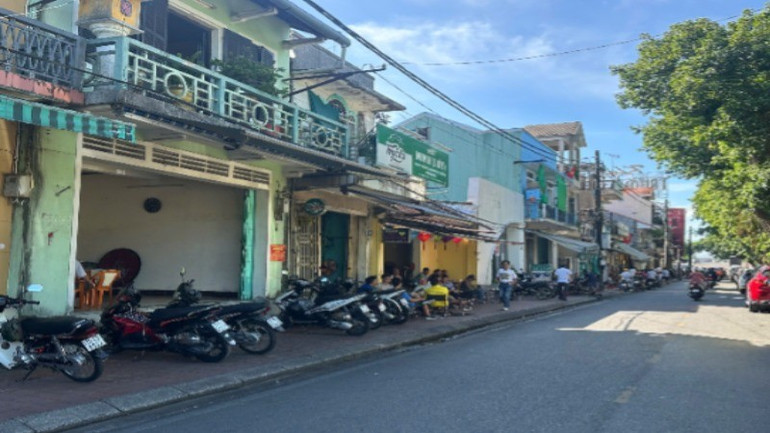
For more than 150 years of existence, Hue Capital has been a gathering place for many talented artisans from craft villages across the country. Although it no longer has that status today, their descendants still exist. If they are encouraged to organize craft streets and craft villages for tourists to experience and shop, will they be ready? Phu Xuan Ward also needs to coordinate with schools, institutes and cultural enterprises to organize art routes and short-term classes such as enamel painting, incense making, ao dai sewing, etc.
There is a reality in Hoi An ancient town (Da Nang), after liberation, there are only ancient houses on some main roads, but recently Hoi An is the only representative of Vietnam to appear in the list of 10 best cities in the world in 2025 voted by Travel + Leisure magazine (T + L), one of the world's leading publications on tourism and experiences. The special thing here is that each citizen, when telling their own stories of heritage, will contribute to preserving and developing it.
Source: https://nhandan.vn/tiem-nang-du-lich-van-hoa-cua-vung-loi-hue-post894253.html


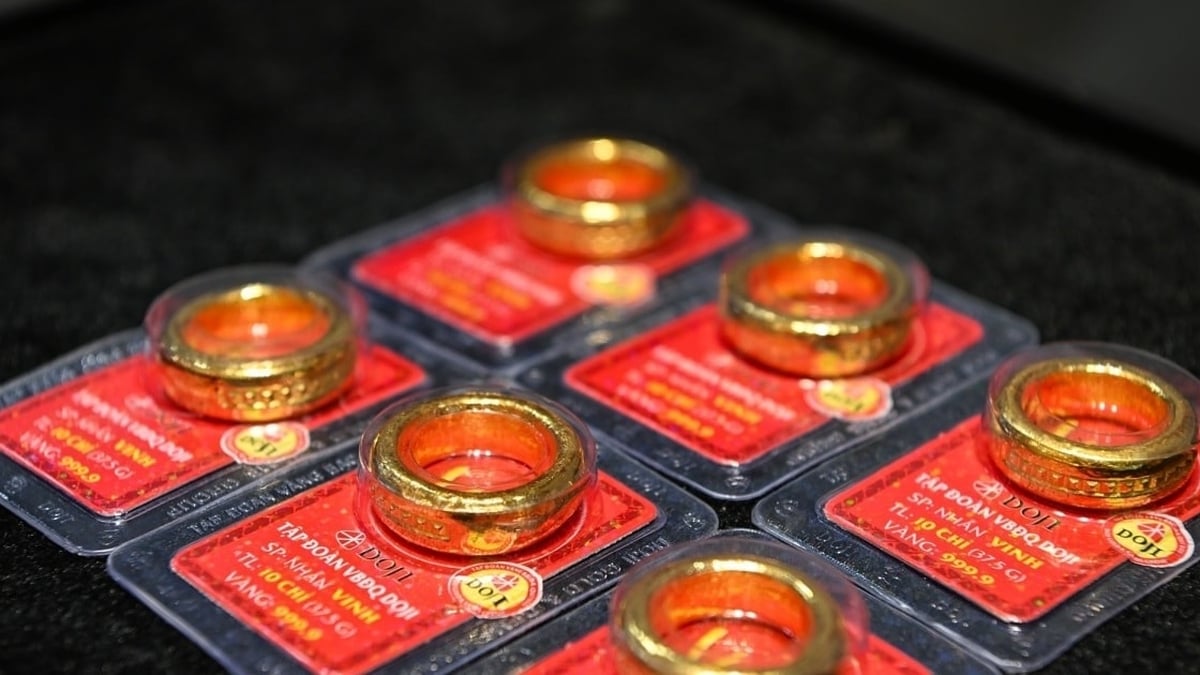

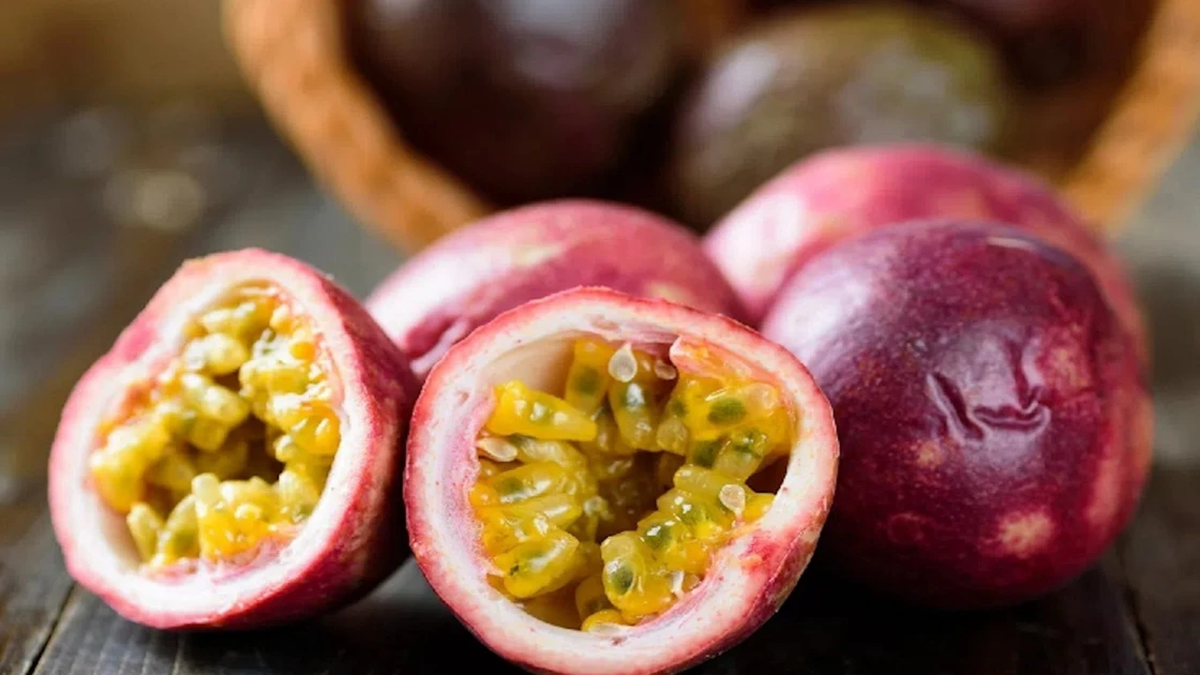
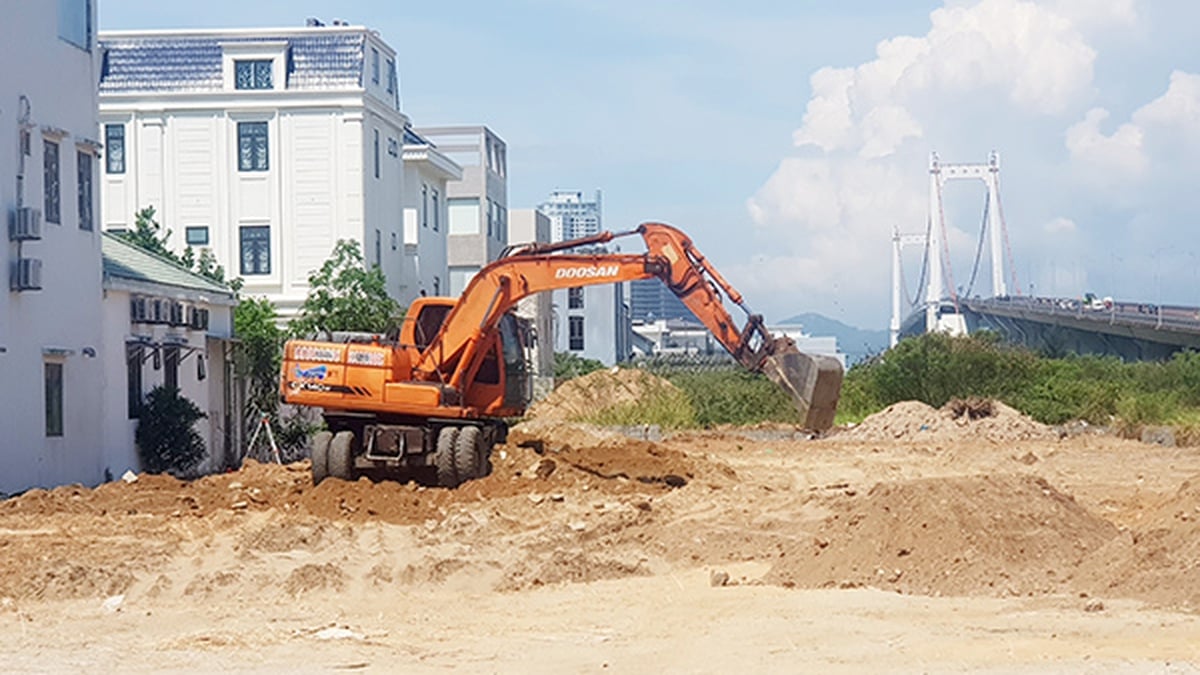
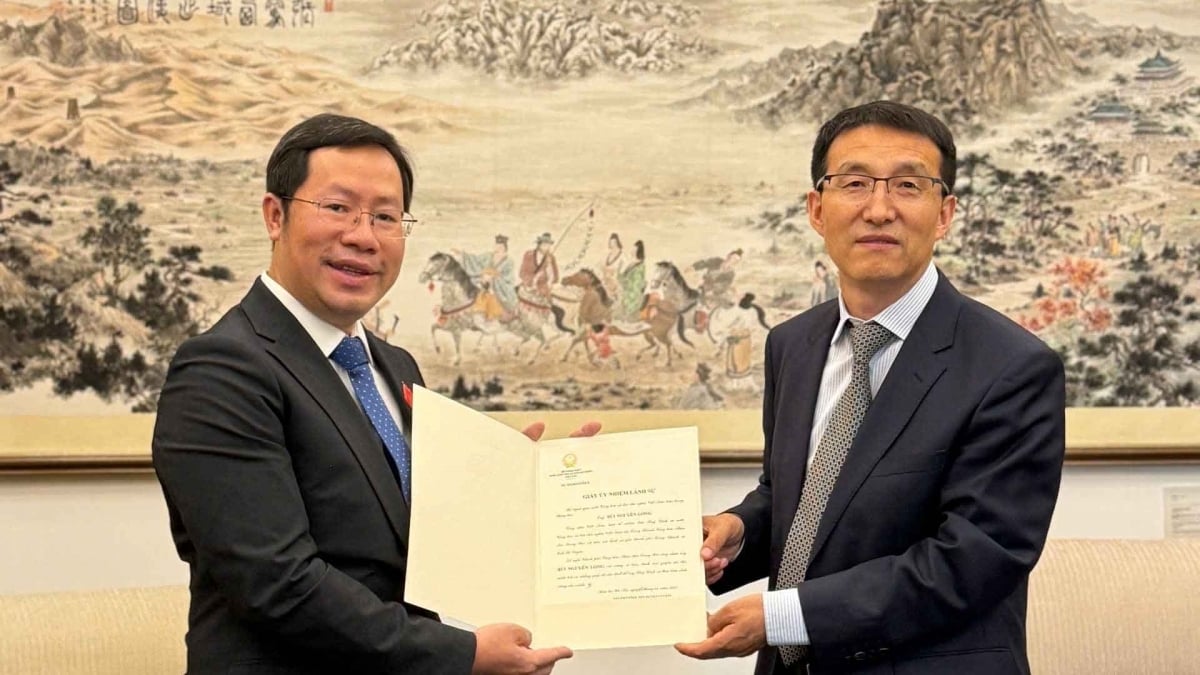

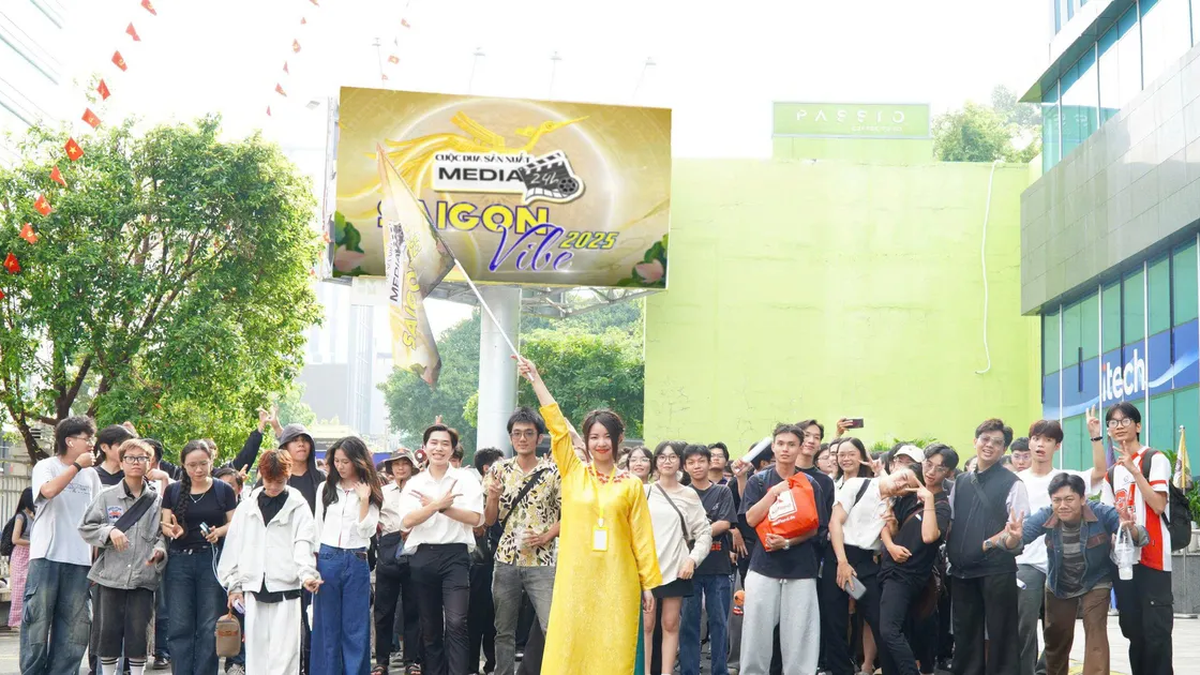
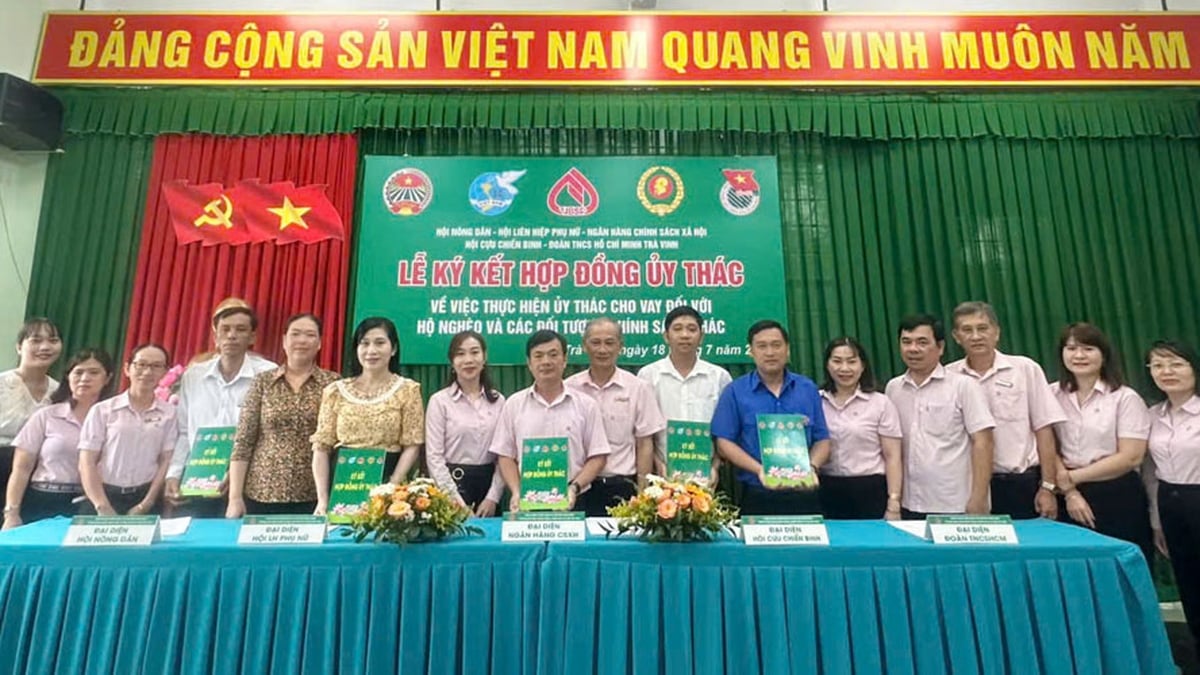
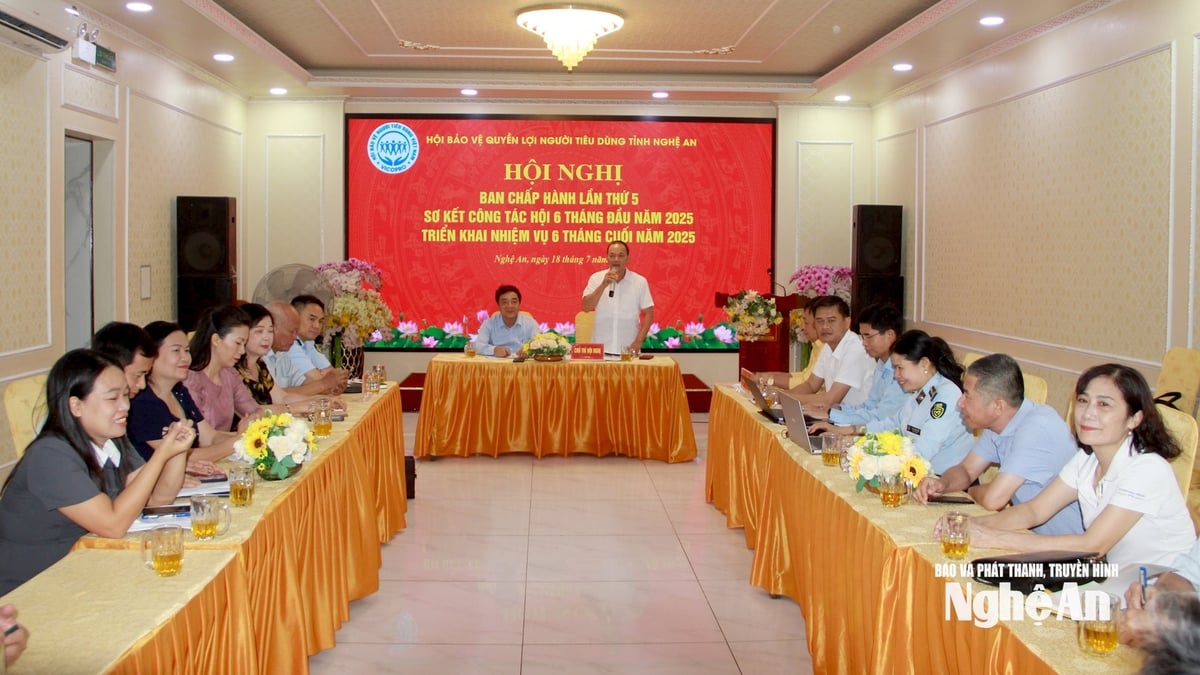





















































































![[Infographic] In 2025, 47 products will achieve national OCOP](https://vphoto.vietnam.vn/thumb/402x226/vietnam/resource/IMAGE/2025/7/16/5d672398b0744db3ab920e05db8e5b7d)





Comment (0)